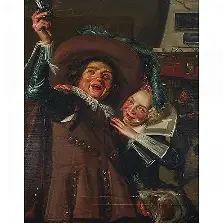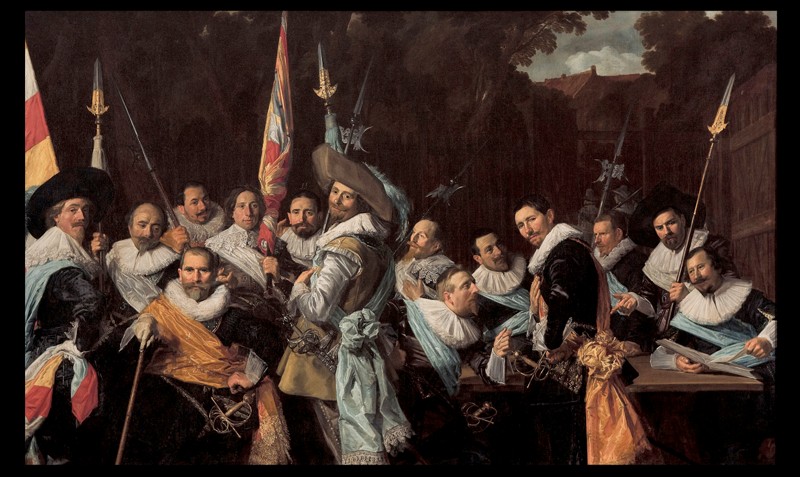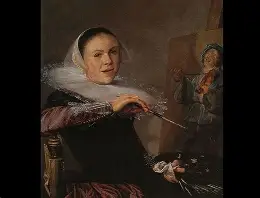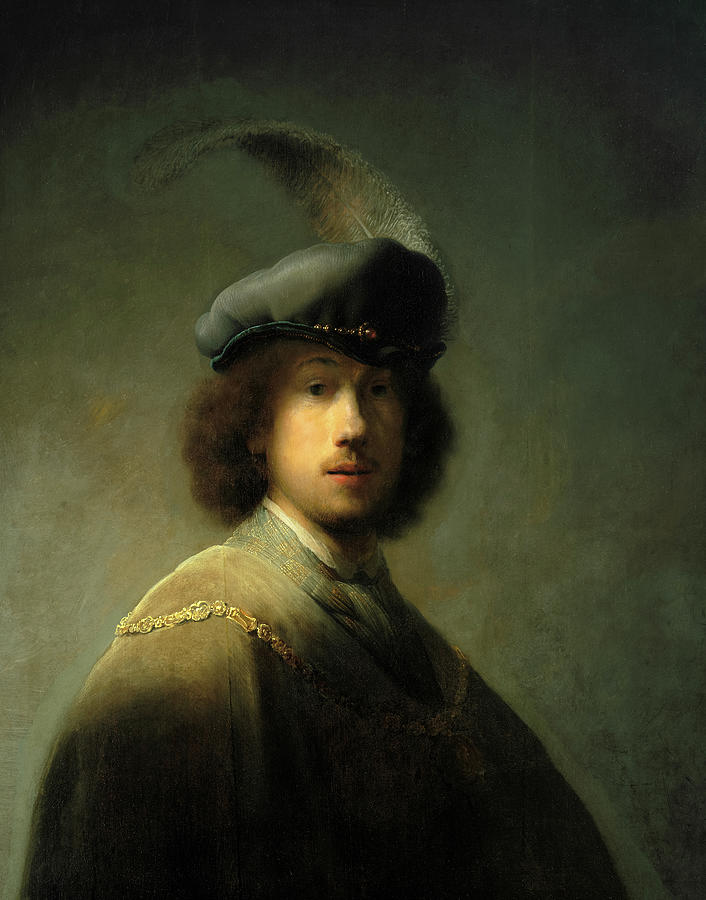Dutch Golden Age Portrait
1/20
There's no tags or description
Looks like no tags are added yet.
Name | Mastery | Learn | Test | Matching | Spaced |
|---|
No study sessions yet.
21 Terms
Dutch painting is for a different set of people - Spanish portraits are for royalty, and Dutch portraits are for the
bourgeoise
Dutch Republic
maritime trade, very wealthy. Protestant Republic, breaks away from Spain in 1581
this recognizes the Dutch Republic
Peace of Munster, 1648
tronie
Dutch character studies, ‘face’ or ‘expression.’ Focus on facial expressions, psychological state, or costumes to portray archetypes as opposed to identity, wildly different from a portrait of kings.
Frans Hals was associated with this because he painted it so frequently
drinking
Hals was known for
strange genre paintings

Young Man and Woman at an Inn, 1623
allegories about virtue and vice. Meant to judge them for being drunken
Sumptuary Laws
controlling clothes, banning fabrics

Officers and Sergeants of the St. Hadrian Civic Guard Company
1633
clearly posing, but not at attention. Talking, leaning - effort to look effortless. Individualized portraits.
regent class
highest Dutch social group of brewers, silk and wool merchants, professions requiring degrees
Group paintings are very specific, so you
pay for inclusion and positioning

Self-Portrait
Judith Leyster, 1630
open expression, similar to the merry-making she’s painting, for which she’s making a name
relaxed position but ornately dressed - combining just painting with posing
juxtaposition of painting as a gentlelady
the fiddler comes from another one of her paintings
Rembrandt is born to an
affluent middle class family
he has over
100 self portraits

Self Portrait, 1629
very detailed curls in the hair, possibly with the other side of the brush. Shadow obscures facial features. Muted compared to Caravaggio’s strikingness. Very small. Unruly - unshaven, simple garments, not idealized attractiveness
Anatomy Lesson of Dr. Nicolaes Tulp
1632, portrait of the surgeons’ guild. No blood - this about anatomy, or science and God? Focus on the hands. 3/4, frontal - all kinds of portraits.
Nightwatch
Massive. 1642. Monument of Dutch culture. Lots of allegorical things that are fantastical, but it’s a real scene. Weapons to fill numbers.
role portrait
not just about paying for a spot. Where they are equals their roles
young girl with chicken
allegory for the company’s symbol -a talon
different muskets show
different stages of using it
a focal point of the painting
hands